Category: Life sciences & medicine
-
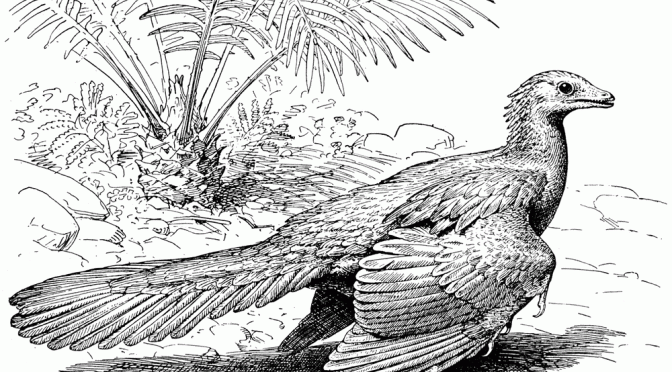
Manfred Reichel’s Archaeopteryxes and the origin of feathered dinosaurs
By Ilja Nieuwland While the rest of the world was dedicating way too much time and resources to exterminating one another, Switzerland remained a relatively tranquil spot in 1941 Europe. In that year, the micropaleontologist Manfred Reichel published an article outlining his views on the ‘first bird’, Archaeopteryx lithographica. Reichel’s text but particularly his illustrations…
-
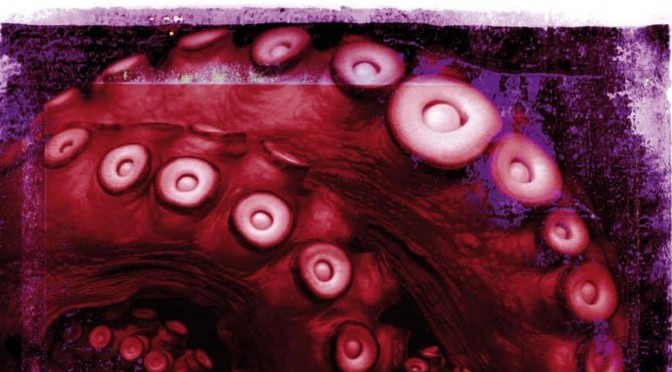
The Cult of the Kraken
By Robert-Jan Wille In 2010 a new novel by China Miéville was published with the thrilling title Kraken. Miéville is a writer of “weird fiction” whose novels try to move fantasy from the age of Tolkien to the age of steam punk and beyond. The book is a clear example of this. The main character of Kraken is a twenty-first century curator of…
-
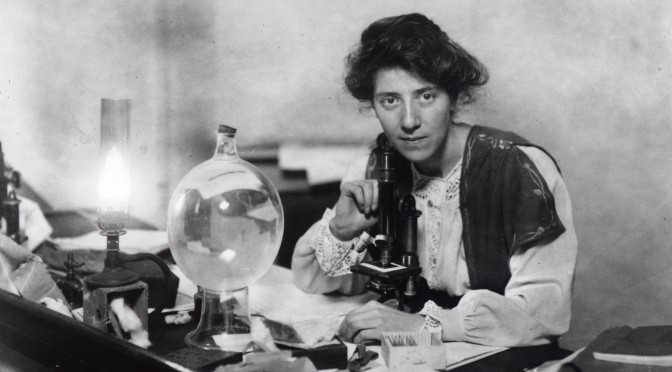
Jurassic Park, Botany and Women
By Robert-Jan Wille Classic dialogue in the classic movie Jurassic Park. The mathematician Ian Malcolm is rambling about the consequences of Jurassic Park and about the cloning of dinosaurs. At a certain moment he says: “God creates dinosaurs. God destroys dinosaurs. God creates man. Man destroys God. Man creates dinosaurs.” The witty palaeobotanist Ellie Sattler…
-
‘Knife-less’ Dissection: Functions of fold-outs in 19th century anatomical culture
By Simone Schleper Around 1900, an unprecedented panoply of anatomical fold-outs emerged and sold across Europe and North America. Examples ranged from life-size models to supplementary inserts in thick health manuals and booklet-thin charts. As illustrative devises, fold-outs responded to a growing demand for anatomical models and illustrations by a broad authorship and audience. Yet,…
-
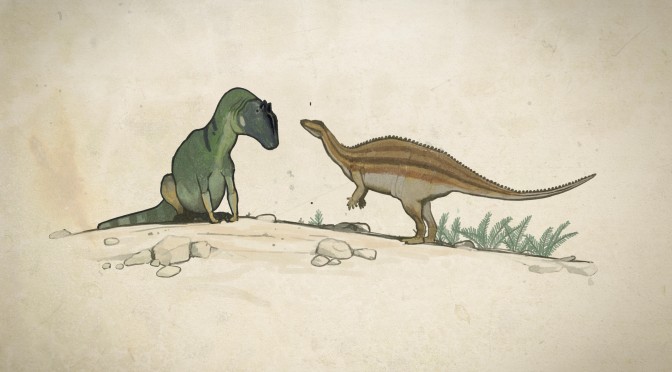
New dinosaurs, old animals
Review of: John Conway, C.M. Kosemen & Darren Naish (2012). All Yesterdays. Unique and Speculative Views of Dinosaurs and Other Prehistoric Animals. London: Irregular Books. Price: (Amazon Kindle E-book) or (Printed version via Lulu.com). By Ilja Nieuwland ‘Paleo-art’, or the art of restoring extinct life, has experienced a number of paradigmatic changes during its two-hundred-or-so-years…
-
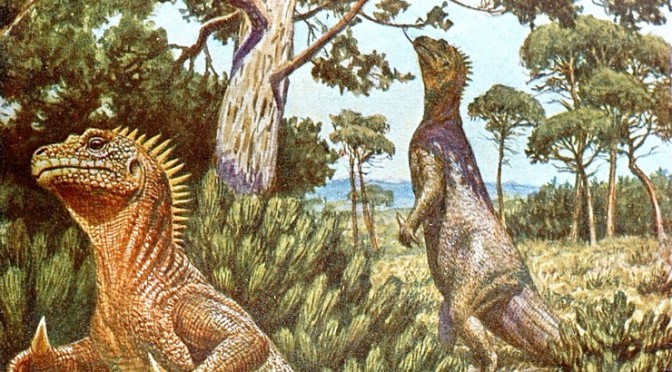
The evolution of Gerhard Heilmann’s Iguanodons
By Ilja Nieuwland The Danish artist-cum-scientist Gerhard Heilmann, who became famous for his book The Origin of Birds, published a little-known, short piece about Iguanodon a few years later, in an issue of Othenio Abel’s journal Palaeobiologica, dedicated to the Belgian paleontologist Louis Dollo. In many ways, this Iguanodon is much more ‘old-fashioned’ than his…
-
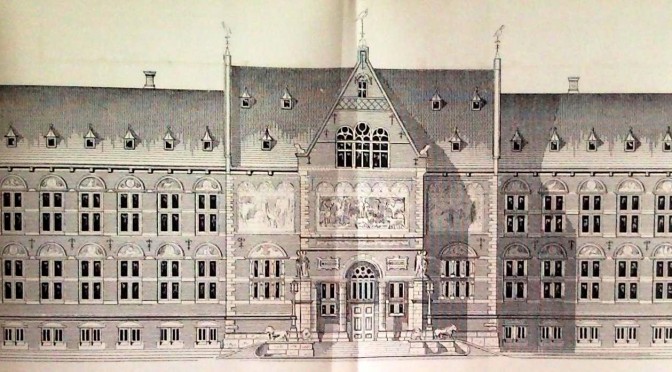
A Dutch national museum that was never meant to be
By Robert-Jan Wille In the 1870s, after the Franco-Prussian war, the art and sciences budget of the Netherlands increased dramatically. If the Dutch ever had an Victorian age in which some dreamt of cathedrals of science, it was then. In 1872-3 nearly 1,5 million guilders (quite a lot at that time) was reserved to upgrade…
-
Of Embryos and Transmutation IV – there and back again
By Robbert Striekwold Throughout the 19th century, ideas concerning embryonic and species development were joined together in a unification that many biologists took to be self-evident. Near the end of that century they split up, however, and embryology was largely left out of the Modern Synthesis of Darwin and Mendel. That is, until several spectacular…
-
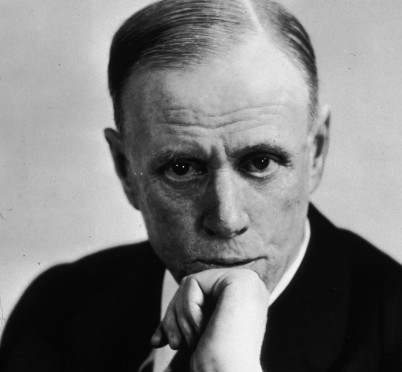
Sinclair Lewis’ Arrowsmith: Why everyone should read this 1925 medical novel
By Noortje Jacobs For my research, I came across the Pulitzer Prize winning novel Arrowsmith, written by Harry Sinclair Lewis (1885-1951) in 1925 and based upon the experiences of the (by now) famous bacteriologist Paul de Kruif (1890-1971). One of the most widely read medical novels of the twentieth century, Arrowsmith has often been lauded…
-
Philips’ Popular Manikin: Public Anatomy and Gender Stereotypes around 1900
By Simone Schleper Around 1800, the audience for anatomical knowledge was small and fairly elite. After the Anatomy Act of 1832 had put an end to the murders committed to procure bodies for dissection, the public image of anatomy became significantly less dreadful. In the following decades, popularizers, exhibitors, and publishers found ever more innovative…
-

Varkenssteden in Boedapest
Door Steven van der Laan In de kersteditie van landbouwblad De Veldbode verscheen in 1904 een klein artikel getiteld “De grootste varkensmesterij van Europa”, over een onwaarschijnlijk grote varkenshouderij in Boedapest. Dat er in die tijd varkenshouderijen op industriële schaal bestonden, is algemeen bekend: beroemd zijn de Union Stock Yards in Chicago, die in die…
-
Of Embryos and Transmutation III – Darwinian recapitulations
By Robbert Striekwold The name that is most often associated with recapitulation is that of Ernst Haeckel, who believed that the study of embryos provided the best means of reconstructing evolutionary history. In this he took his cue from Darwin, who wrote in 1860 that embryology was the “strongest single class of facts in favour…
-
Of Embryos and Transmutation. Part II – Malformations and Abortions
By Robbert Striekwold Theories of recapitulation arose in the late 18th but came to full bloom in the early 19th century. The common feature of such theories was the idea of a strong relationship between embryonic and species development. Such views were popular especially among the German Naturphilosophen, whose worldviews proved highly conductive to recapitulationist…
-
Het verborgen verhaal van Hugenholtz. Hoe een buitengewoon begaafde psychiater is vergeten
Door Susanna Bloem Stoffige boeken verzamelen zich in kringloopwinkels. Daar wagen ze een laatste poging de ideeën die ze herbergen kenbaar te maken aan de wereld. Ik zie die boeken als versleten dragers van betekenis. Ze wachten op een toevallige voorbijganger die ze weer oppoetst en hun ideeën redt van de vergetelheid. Op een regenachtige…
-
Of Embryos and Transmutation Part I – A Genealogy of Evolution
By Robbert Striekwold Ideas concerning species transformation and embryonic development enjoy a long and quirky history of perceived parallels and cross-pollination. In the first and introductory part of this series, I will take a look at the etymology of the word ‘evolution’ in biology. It entered the field as a term in embryology in the…
-
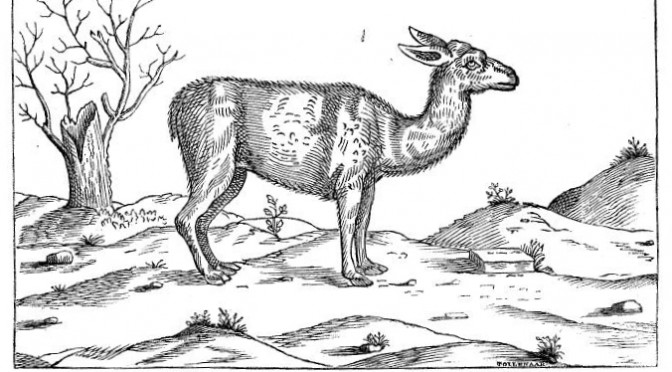
Een lama uit Middelburg
Door Jesper Oldenburger Komt het Texelse schaap echt uit Oost-Indië? Hoe kan het dat heel geleerd Europa denkt dat we onze schapen uit Azië gehaald hebben? Waar komt dit rare verhaal vandaan? Deze vragen stelde Professor Alexander Numan zichzelf in 1842 en zijn antwoorden en historische naspeuringen vormen een interessant inkijkje in hoe wetenschappelijk kopieergedrag…
-
Hysterische arbeiders en nerveuze burgers. Willy Hellpachs ‘Nervenleben und Weltanschauung’.
Door Jeroen Bouterse Soms zijn psychiaters eigenlijk ook cultuurfilosofen. Dan gaat het niet alleen over hedendaagse cultuurcritici als Dirk de Wachter of Theodore Dalrymple, maar ook over de Duitse ‘zenuwarts’ Willy Hellpach (1877-1955). Die vond een blik op alleen het fysiologische aspect van de kwalen van zijn patiënten duidelijk te beperkt, en verdiepte zich daarom maar grondig in…
